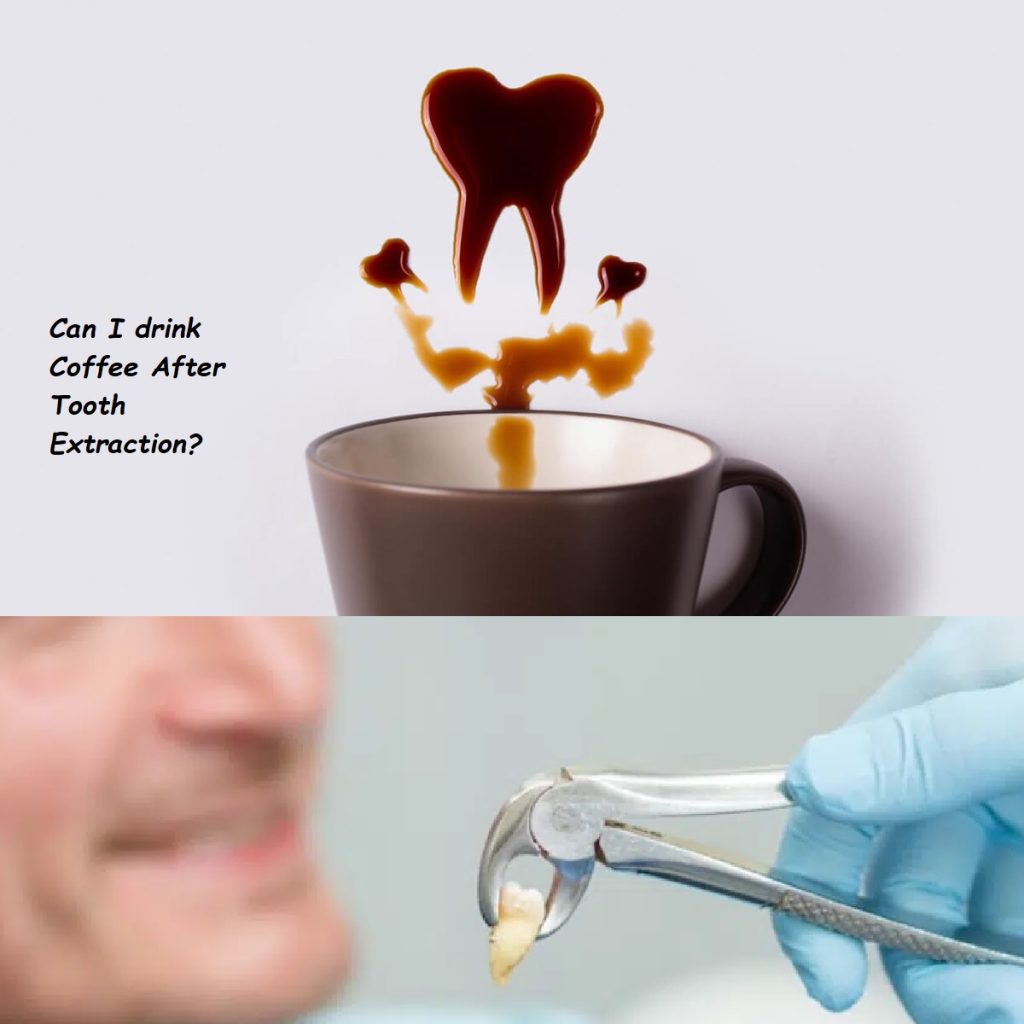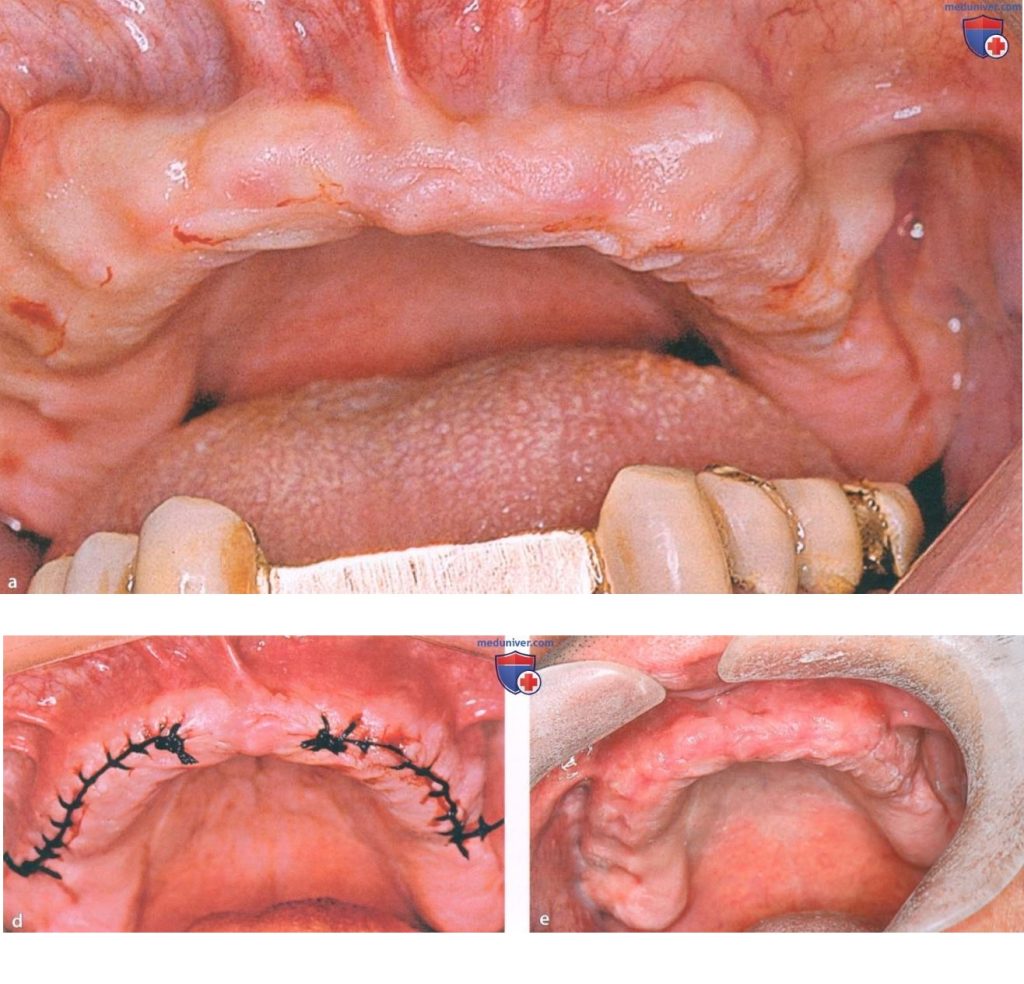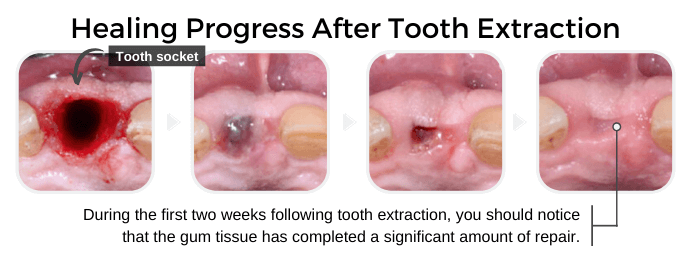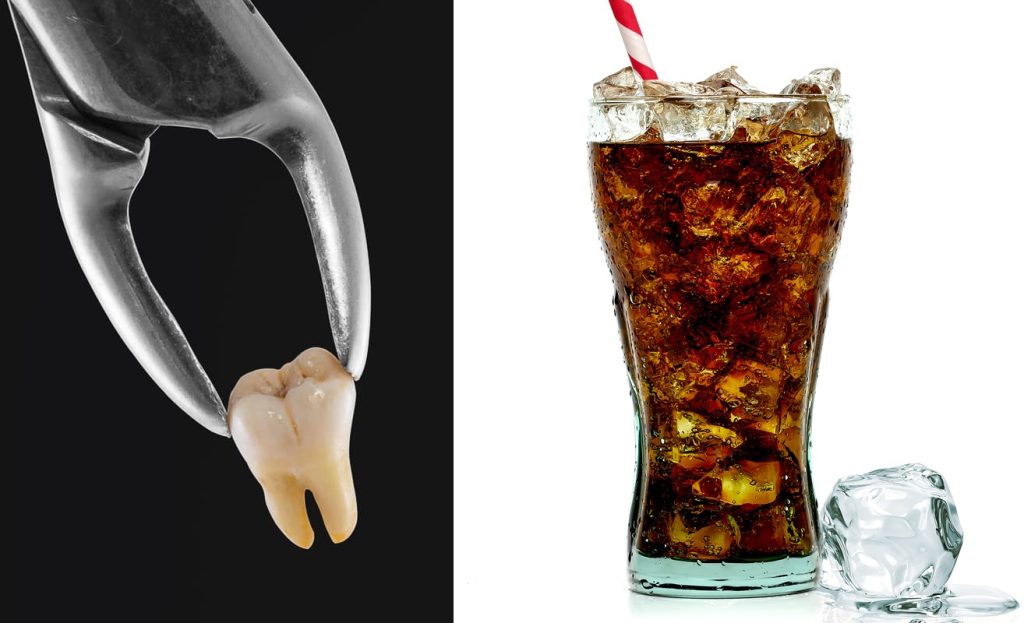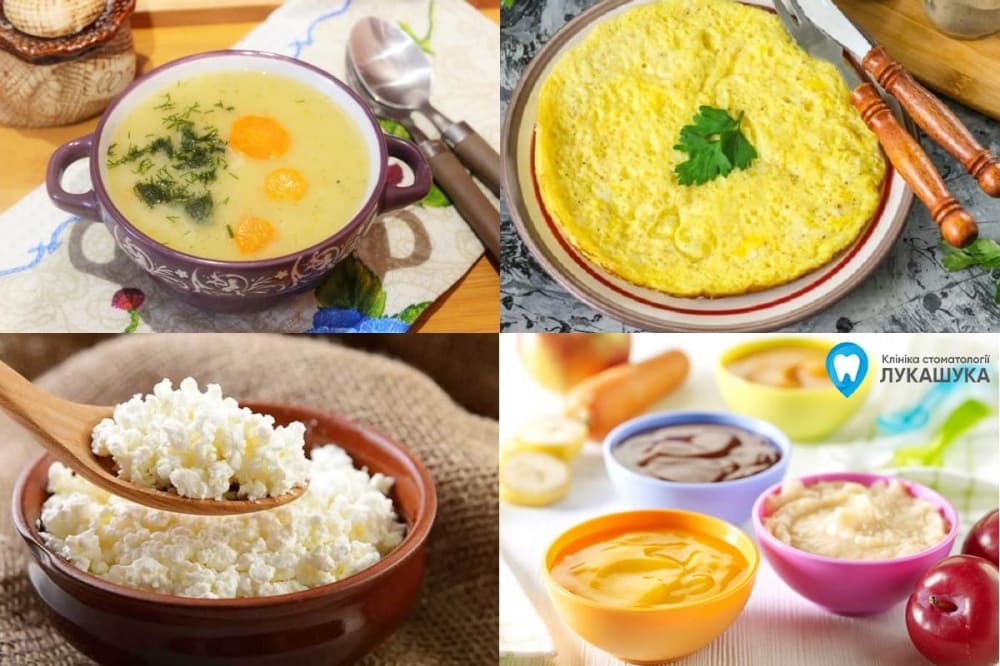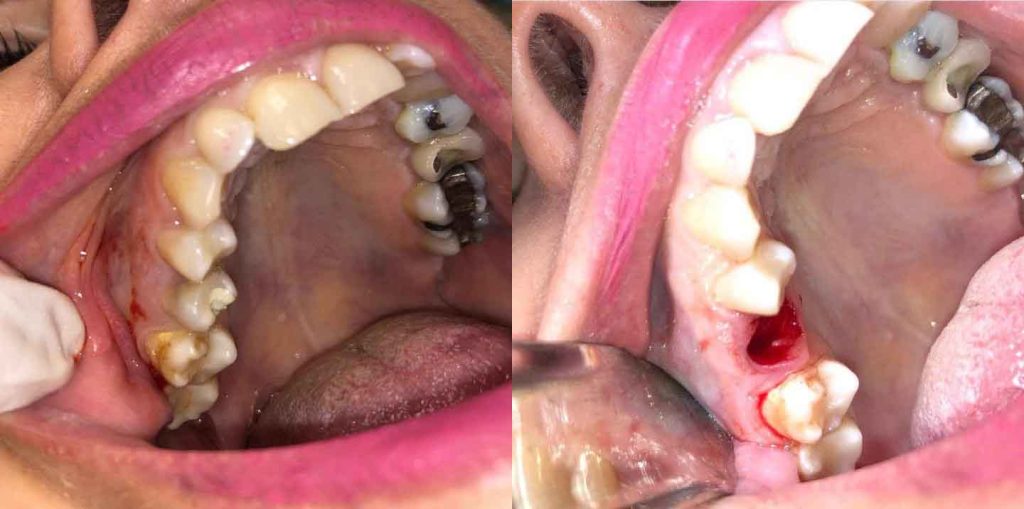Can i eat lasagna after tooth extraction
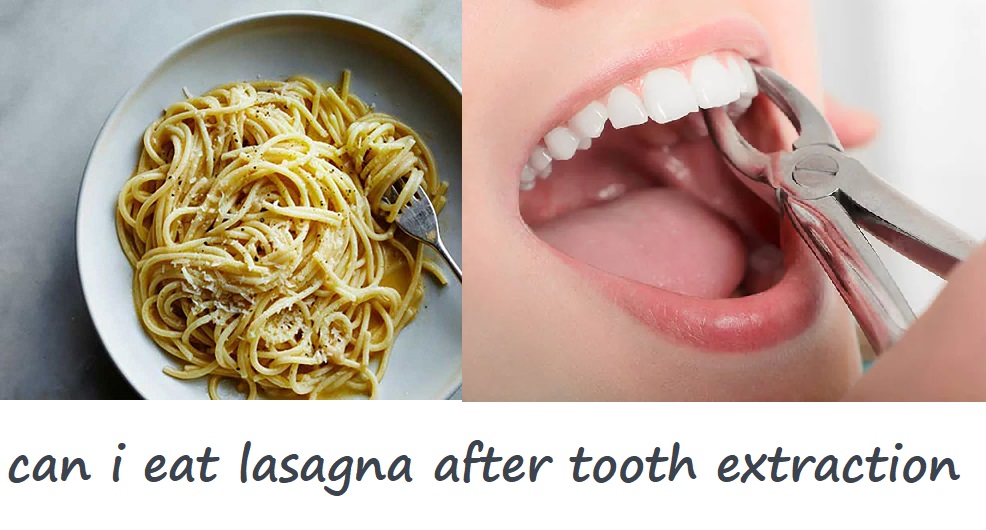
Recovering from a tooth extraction can be a challenging experience, especially when it comes to choosing the right foods to eat. While you may be eager to return to your regular diet, it’s important to follow your dentist’s recommendations to ensure a smooth and speedy recovery. One common question that arises during this period is, “Can I eat lasagna after tooth extraction?” This comprehensive guide will explore the factors to consider, benefits, potential risks, and best practices for consuming lasagna and other foods post-tooth extraction.
Understanding Tooth Extraction
What Is Tooth Extraction?
Tooth extraction is a dental procedure where a tooth is removed from its socket in the bone. This procedure may be necessary for various reasons, including:
- Severe tooth decay or infection
- Advanced gum disease
- Crowded teeth
- Impacted wisdom teeth
- Broken or damaged teeth beyond repair
Post-Extraction Recovery
The recovery process following a tooth extraction involves several stages, during which the extraction site heals and new tissue forms. Key aspects of recovery include:
- Blood Clot Formation: A blood clot forms in the socket to protect the bone and nerves.
- Healing: Soft tissue gradually covers the extraction site.
- Bone Remodeling: Over time, the bone heals and reshapes itself.
Dietary Considerations
During the recovery period, it’s crucial to follow dietary guidelines to avoid disturbing the extraction site and to promote healing. These guidelines typically include:
- Avoiding hard, crunchy, and chewy foods
- Eating soft and easy-to-chew foods
- Staying hydrated
- Avoiding hot and spicy foods that can irritate the extraction site
Can I Eat Lasagna After Tooth Extraction?
Factors to Consider
When deciding whether you can eat lasagna after tooth extraction, consider the following factors:
- Consistency: Lasagna can vary in texture. Soft, well-cooked lasagna with small, bite-sized pieces may be suitable, while lasagna with hard, crunchy layers or large chunks may not be advisable.
- Ingredients: The ingredients in lasagna can impact its suitability. Avoid lasagna with spicy ingredients, hard vegetables, or tough meats that can irritate the extraction site.
- Temperature: Ensure that the lasagna is at a moderate temperature. Hot foods can increase the risk of bleeding and delay healing.
- Chewing Difficulty: Consider how easy it is for you to chew. If you find it difficult to chew due to pain or swelling, it may be best to wait until you’re more comfortable.
Benefits of Eating Lasagna Post-Extraction
If prepared correctly, lasagna can offer several benefits during the recovery period:
- Soft Texture: Soft lasagna can be easy to chew and swallow, reducing the risk of disturbing the extraction site.
- Nutritional Value: Lasagna can be a balanced meal with carbohydrates, protein, and vitamins from ingredients like pasta, cheese, and vegetables.
- Comfort Food: Eating familiar and comforting foods like lasagna can improve mood and provide a sense of normalcy during recovery.
Potential Risks
Despite its potential benefits, there are risks associated with eating lasagna post-extraction:
- Dislodging the Blood Clot: Chewing or biting down too hard can dislodge the blood clot, leading to a painful condition called dry socket.
- Irritation: Spices, acidic sauces, and hard ingredients can irritate the extraction site and delay healing.
- Difficulty Chewing: If the lasagna is not soft enough, chewing can be painful and challenging, causing additional discomfort.
Best Practices for Eating Lasagna After Tooth Extraction
Preparing Lasagna
To make lasagna suitable for post-extraction consumption, consider the following tips:
- Cook Thoroughly: Ensure that the lasagna is well-cooked and soft. Overcook the pasta slightly to make it easier to chew.
- Use Soft Ingredients: Opt for ingredients like ricotta cheese, finely chopped or pureed vegetables, and ground meat. Avoid hard vegetables, large chunks of meat, and spicy sauces.
- Cool to Moderate Temperature: Allow the lasagna to cool to a moderate temperature before eating. Avoid serving it hot to prevent irritation and discomfort.
Eating Lasagna
When eating lasagna after tooth extraction, follow these best practices:
- Cut into Small Pieces: Cut the lasagna into small, manageable pieces to reduce the need for excessive chewing.
- Chew Gently: Chew slowly and gently, using the opposite side of your mouth if possible to avoid the extraction site.
- Stay Hydrated: Drink plenty of water to stay hydrated and help with digestion. Avoid carbonated drinks and alcohol.
- Monitor for Discomfort: Pay attention to any signs of discomfort or irritation. If you experience pain, stop eating and switch to a softer, more suitable food.
Alternative Soft Foods
If you’re unsure about eating lasagna or find it uncomfortable, there are plenty of other soft foods that are suitable for post-extraction recovery. Some alternatives include:
- Mashed Potatoes: Smooth and easy to swallow, mashed potatoes are a great option.
- Yogurt: High in protein and easy to eat, yogurt is gentle on the extraction site.
- Smoothies: Packed with nutrients, smoothies are an excellent way to stay nourished without chewing.
- Scrambled Eggs: Soft and rich in protein, scrambled eggs are easy to prepare and eat.
- Soup: Opt for smooth, blended soups without chunks to ensure easy consumption.
Conclusion
Eating lasagna after tooth extraction can be possible if certain precautions are taken to ensure the food is soft, easy to chew, and not too hot. It’s important to prioritize foods that will not disturb the healing extraction site while providing adequate nutrition. Always consult with your dentist for personalized advice and follow their recommendations for the best recovery outcomes. By taking the necessary steps and being mindful of your diet, you can enjoy a variety of foods and ensure a smooth and speedy recovery.
Related to read:
Best Oral Hygiene Practices For Optimum Oral Health.
How to Whiten Teeth Naturally?
How to keep your gums healthy and disease-free?
References
To ensure the information provided is accurate and up-to-date, the following sources were referenced:
- American Dental Association. (n.d.). Plaque and Tartar. Retrieved from ADA website
- Mayo Clinic. (n.d.). Dental Plaque. Retrieved from Mayo Clinic website
- National Institute of Dental and Craniofacial Research. (n.d.). Periodontal (Gum) Disease. Retrieved from NIDCR website



